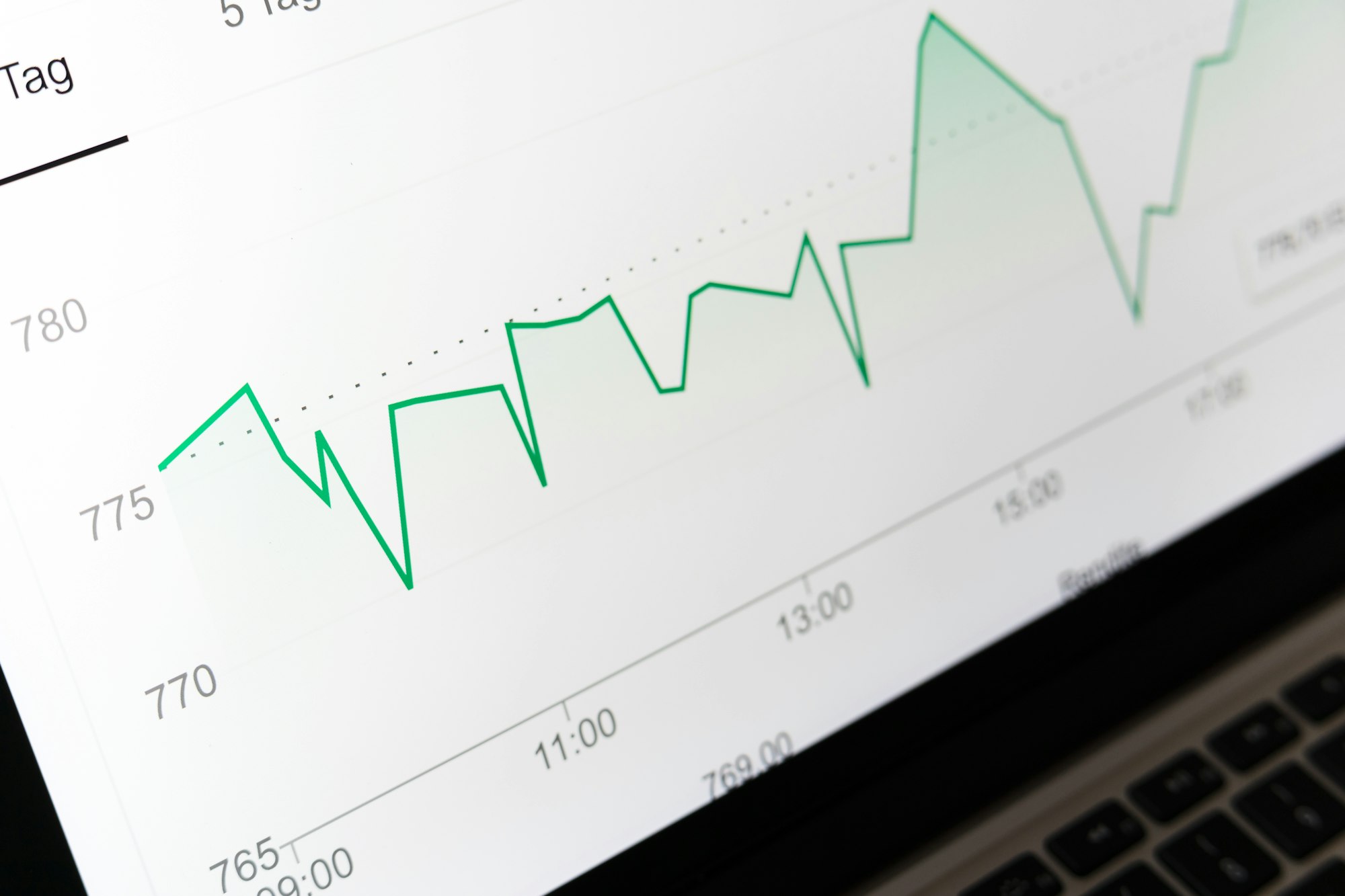What is LIBOR?
LIBOR stands for London Interbank Offered Rate. LIBOR provides loan issuers with a benchmark for interest rates which are used as a basis for calculating different financial products.
LIBOR rates are calculated for five global currencies (Dollar, Euro, Pound Sterling, Japanese Yen and Swiss Franc) and for a variety of periods, including 'overnight' and periods longer than overnight (one, three, six or twelve months, often referred to as 'term rates').
Its roots date back to the late 1960s, LIBOR was officially formalised by the British Bankers Association (BBA) in 1986. Since then, LIBOR's use has grown dramatically to become a reference rate for a significant proportion of financial products globally. It is estimated that the value of contracts referring to LIBOR is around $300 trillion on a gross notional basis.
Other financial markets have their own interbank rates. For instance, the eurozone's equivalent is known as EURIBOR, which is calculated and published by Global Rate Set Systems Ltd. Similarly, MIBOR is used in Mumbai, TIBOR in Tokyo, and HIBOR in Hong Kong.
LIBOR Administration and Regulatory Framework
Until January 2014, LIBOR was administered by the BBA and prefixed accordingly. However, in February 2014, the Intercontinental Exchange (ICE) Benchmark Administration became the official administrator, transitioning the BBA LIBOR to ICE LIBOR.
LIBOR and other benchmark related activities fall within the scope of the Financial Services and Markets Act 2000 (as amended by the Financial Services Act 2012). The Act provides that, among other things, it is a criminal offence to manipulate LIBOR.
LIBOR is overseen by the Financial Conduct Authority (FCA).
LIBOR Calculation
In total, 35 LIBOR rates are posted each day. Interest rates are compiled for loans with different tenors (or maturity, i.e. the date on which the life of a transaction or financial instrument ends) for the five major global currencies discussed above.
Each morning before 11 a.m. GMT, ICE Benchmark Administration asks a panel of banks the rates at which they would be prepared to pay if they were to borrow money from another bank in the London interbank market. Although the ICE Benchmark Administrator sets permitted inputs, LIBOR rates are calculated in accordance with the expert judgement of contributor banks, using their own internally approved procedure.
Membership on the ICE LIBOR panel is determined annually, and only banks with significant presence in the London market are considered. The banks confidentially send their submissions, which the ICE Benchmark Administration calculates the average after excluding the highest and lowest quartile.
LIBOR Publication
Each business day at 11:55 a.m. GMT, the interest-rate averages calculated by the ICE Benchmark Administrator are published in five currencies and a range of tenors. The ICE LIBOR rates can be accessed directly from ICE or through redistributors, such as Bloomberg and Thomson Reuters. These rates appear on over one million trading screens around the world. For this reason, they are often referred to as screen rate, LIBOR screen rate or ICE LIBOR screen rate.
Who uses LIBOR?
Financial institutions have used LIBOR as the basis for calculating interest rates for a number of financial products, including adjustable-rate mortgages, asset-backed securities, municipal bonds, credit default swaps, private student loans and other types of debt.
By way of example, when you apply for a student loan or mortgage, the rate of interest you pay (base rate) may take LIBOR into account. In these circumstances, the lender you are borrowing from may take a LIBOR rate (to reflect their borrowing cost in the London Interbank Market). It is then applied as an additional percentage (to reflect their margin, i.e., the bank's profit for offering the facility). For instance, a loan based on the LIBOR three-month rate plus 3 per cent, where LIBOR three-month rate is 0.23 per cent, means that you are looking at a base rate of 3.23 per cent. It is worth noting that other factors such as the borrower's income, credit score and the loan term are also factored in.
Businesses also use LIBOR in a number of ways. In general, companies like to raise finance by way of debt (borrowing or bond issuance) for a variety of purposes. The relationship between the business and the financial institution providing such financial facilities often refer to LIBOR as a component of the interest rate. Other areas in which LIBOR can be found include intra-group accounts (including transfer pricing documentation), the calculation in a break clause for fixed-rate loan, commercial contracts, internal financial analysis, pension funds and reporting.
More broadly, LIBOR is used to gauge market expectation regarding central bank interest rates, liquidity premiums in the money markets, and an indicator of the banking system's health, particularly during periods of stress.
LIBOR and the 2007 Financial Crisis
The origins of the 2007 crisis are attributed to very low interest rates and lax lending standards during preceding years, which fuelled a housing price bubble in the US and beyond. Borrowers took advantage of low mortgage rates, resulting in an upward spiral in house prices, including subprime borrowers, those with a below-average credit score or no credit history.
The banks then went on to sell these loans in the market, repackaged into what was promoted as low-risk financial instruments, including mortgage-backed securities and collateralised debt obligations (CDOs).
As US home prices declined steeply, it became more difficult for subprime borrowers to refinance their loans. Mortgage defaults climbed as adjustable-rate mortgages began to reset at higher interest rates, meaning higher monthly payments.
Whilst global central banks rushed to reduce interest rates, banks setting LIBOR rates estimated higher and higher interest which made mortgage default even more likely. As a result, markets crashed as securities backed with mortgages lost most of their value and global investors also drastically reduced purchase of mortgage-backed debt and other securities.
In 2012, a global investigation found that multiple banks – including Barclays, Deutsche Bank, Rabobank, UBS and the Royal Bank of Scotland – were influencing the daily rate of calculation to benefit their own books. For instance, Barclays would claim that its LIBOR estimates were lower than what other banks actually charged. By doing so, the bank was considered to have a smaller risk of default than other banks with a higher rate of interest.
Despite executives denying any knowledge at UBS, a trader was found to be involved in LIBOR setting, colluding with traders at the Royal Bank of Scotland and manipulating rate submissions across multiple institutions.
The 2012 regulatory review found that LIBOR is not fit for purpose, and a number of banks were fined over $9bn in the manipulation scandal.
In July 2017, the FCA announced its intention to no longer persuade or compel banks to submit to LIBOR after the end of 2021. The reasons set out by the FCA are:
• Since the 2007 financial crisis, the number of transactions that underpin the estimates to the panel banks to the ICE Benchmark Administrator is substantially lower than it has been historically.
• For some interest periods, LIBOR has increasingly become a rate that reflects major banks' judgements concerning their borrowing cost rather than their actual cost of borrowing based on actual market transactions.
All the above, particularly the decline in observable transactions, has led UK regulators to conclude that LIBOR is no longer fit for purpose.
Transitioning from LIBOR
Since 2017, the FCA and other financial sector bodies have made several announcements regarding the need to transition from LIBOR to alternative rates.
In June 2020, the Government announced its intention to legislate to ensure that the FCA has the appropriate regulatory powers to manage and direct any wind-down period prior to the eventual LIBOR cessation in a way that protects consumers and ensures market integrity. These proposed powers are included in the Financial Services Bill, which is currently at committee stage in the House of Lords.
Each LIBOR currency is to be replaced with its unique Risk-Free Rate (RFR), SONIA (Sterling Overnight Index Average) in the case of sterling. However, such as with LIBOR, it will not be mandatory to use SONIA, and parties may choose an alternative benchmark.
In the US, the likely replacement is the Secured Overnight Financing Rate (SOFR), based on the rates investors offer banks for loans-based and bond-secured assets.
References / Further Reading
Bank of England, 'The SONIA Interest Rate Benchmark’ (Bank of England, 26 November 2021) <https://www.bankofengland.co.uk/markets/sonia-benchmark> accessed 22 February 2021
Dr Oonagh McDonald, 'Keep Libor, FCA — It's a Benchmark Fit for Purpose' (The Financial Times, 30 October 2019) <https://www.ft.com/content/c2c575de-f99d-11e9-a354-36acbbb0d9b6> accessed 22 February 2021
Intercontinental Exchange, ‘ICE Benchmark Administration to Consult On Its Intention to Cease the Publication of GBP, EUR, CHF and JPY LIBOR' (BusinessWire, 18 November 2020 <https://www.businesswire.com/news/home/20201117006362/en/> accessed 2 March 2021
Intercontinental Exchange, 'ICE LIBOR' (2021) <https://www.theice.com/iba/libor> accessed 2 March 2021
Miranda Marquit, 'What Is Libor And Why Is It Being Abandoned? (Forbes Advisor, 16 December 2020) <https://www.forbes.com/advisor/investing/what-is-libor/> accessed 22 February 2021
UK Finance, Discontinuation of LIBOR: UK Finance Guide for Business Customers (November 2019) <https://www.ukfinance.org.uk/system/files/LIBOR-Guide-for-Business-Customers-FINAL_1.pdf> accessed 1 March 2021
The Working Group on Sterling Risk-Free Reference Rates, Preparing for 2022: What You Need to Know about LIBOR Transition (November 2018) <https://www.bankofengland.co.uk/-/media/boe/files/markets/benchmarks/what-you-need-to-know-about-libor-transition> accessed 2 March 2021
Martin Wheatley, The Wheatley Review of LIBOR: Final Report (September 2012)







